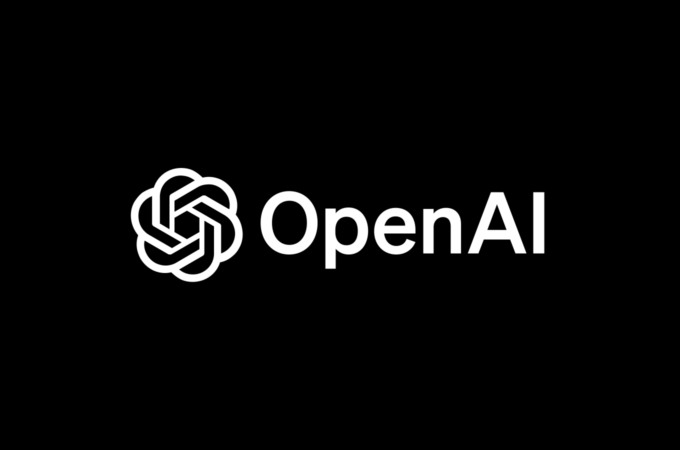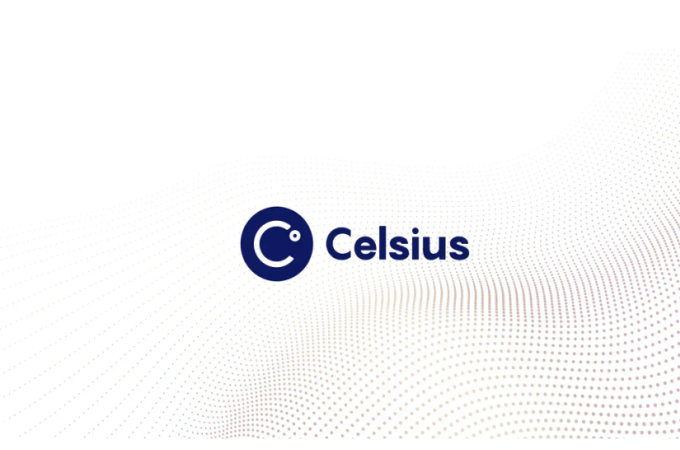
Alternative Data in Financial Services is a Double-Edged Sword
By Elena Mesropyan for LTP
Traditional methods of creditworthiness assessment can’t do much for the groups of the population that don’t fit the scheme. As a result, inclusive initiatives by financial institutions will always hit a wall of unstretchable rules and criteria. Meanwhile, a fairly large part of the global community struggles to access financial services – there are ~2 billion financially excluded people and ~1.5 billion of those who cannot prove their identity.
Financial exclusion for those individuals is not always rooted in the lack of physical access to a developed formal financial system, but in the framework used to assess one’s creditworthiness by the established system. To take on a challenge of expanding access to financial services for underprivileged, the startup community around the world took on a task of developing an alternative framework, better fitting livelihood conditions of square pegs in round holes.
As Consumer Financial Protection Bureau (CFPB) Director Richard Cordray noted, “A limited credit history can create real barriers for consumers looking to access the credit that is often so essential to meaningful opportunity – to get an education, start a business, or buy a house. Further, some of the most economically vulnerable consumers are more likely to be credit invisible.”
An alternative framework includes the use of alternative sources of data in order to profile a potential customer – Web search history, phone usage, social media and more. Mike Mondelli, SVP of TransUnion Alternative Data Services, also listed property, tax, deed records, checking and debit account management, payday lending information, address stability and club subscriptions being among the sources for alternative data. As he emphasized, “These alternative data sources have proven to accurately score more than 90% of applicants who otherwise would be returned as no-hit or thin-file by traditional models.”
“Alternative data provides a better lens with which to evaluate all consumers, giving lenders who can score them a competitive advantage,” he added.
While the use of appropriate alternative data (or smart data) is certainly an interesting and inclusive concept, the reality of financial system is always more complex and requires a meticulous assessment of implications that the use of such data leads to. The Federal Government paid special attention to the use of alternative data for underwriting procedures in a speech by Governor Lael Brainard, published last week.
Security concerns & unfair decisioning
While the government recognizes that nontraditional data may have the potential to help evaluate consumers who lack credit histories, some data may raise consumer protection concerns.
“Nontraditional data, such as the level of education and social media usage, may not necessarily have a broadly agreed upon or empirically established nexus with creditworthiness and may be correlated with characteristics protected by fair lending laws. To the extent that the use of this type of data could result in unfairly disadvantaging some groups of consumers, it requires careful review to ensure legal compliance,” Brainard noted.
Moreover, alternative data is subject to significant alteration of opportunities as it can be affected by fraudulent activities. With phone usage records, for example, the problem of cramming can potentially lead to downgraded scoring if a person is unable to detect malicious charges by various services leading to increased billing.
Utility payments are not a perfect alternative data source either – seasonal spikes in energy consumption in some regions can make a significant difference in a financial standing of low-income groups of population, playing their scores in disadvantageous ways.
Fairness & transparency
However imperfect traditional creditworthiness assessment framework may be, it can’t be criticized for the lack of transparency. FICO score, for one, has been molded to components and every scored individual can understand what criteria affect their score.
With alternative credit scoring methods, the situation is not so clear. Let’s take Web search history, for example. Casey Oppenheim, Co-founder of Disconnect, which helps keep people anonymous online, fairly points out the possibility of negative outcomes the use of such sort of alternative data can have. As Oppenheim commented, “Nobody understands the long-term impact of this data collection. Imagine that someone has 40 years of your search history. There is no telling what happens to that data.”
Indeed, in the case of the availability of lifetime search history, a person may be trapped in the outcome of the ‘mistakes of youth’ – unless the judging algorithm does not rule out the data from 20 years ago when person’s search would indicate inclinations towards activities incompatible with the idea of a trustworthy person.
And it’s not just the problem of being stuck in an obsolete portrait due to a massively affecting the end result data from 10 years ago, but also the problem of fairness and transparency. The Governor point out that “it may not always be readily apparent to consumers, or even to regulators, what specific information is utilized by certain alternative credit scoring systems, how such use impacts a consumer’s ability to secure a loan or its pricing, and what behavioral changes consumers might take to improve their credit access and pricing.”
Privacy, data ownership risks
The ability to build a comprehensive portrait based on alternative sources of data requires access to those sources, which itself raises other class of issues – data privacy and ownership. Officials warn that recent examples of large-scale fraud and cybersecurity breaches have illustrated the significance of possible security risks.
“As the data sets that financial institutions utilize expand beyond traditional consumer credit histories, data privacy will become a growing concern, as will data ownership and whether or not the consumer has any say over how these data are used and shared or whether he or she can review it for accuracy.”
Access to various sources of personal data for financial inclusion is a double-edged sword – while it can work towards greater financial inclusion, it will always carry a risk of consumers losing control over their data and becoming increasingly vulnerable to fraud and harmful impact of malicious third parties on their access to financial services in the future.
Lack of history-proven record in uncharted waters
“In addition to the risks I have outlined that are specific to new financial technologies, firms also must control for risks that have always been present, even in brick-and-mortar financial institutions. For example, risks around the BSA and AML rules cut across all segments and all portfolios.
Similarly, firms must monitor credit and liquidity risks of loans acquired or processed via FinTech platforms, especially given that these products have not been tested over an economic cycle.”
With alternative data, financial institutions move into unchartered waters with a lack of experience in understanding a long-term impact of such approach and appropriate history-proven algorithms of assessing that data. The new approach may not be consistent with its overall business strategy and risk tolerance of the formal financial system, including regulators.
With regard to new partnerships, the government emphasizes that “Banks collaborating with FinTech firms must control for the risks associated with the associated new products, services, and third-party relationships. When incorporating innovation that is consistent with a bank’s goals and risk tolerance, bankers will need to consider which model of engagement is most appropriate in light of their business model and risk-management infrastructure, manage any outsourced relationships consistent with supervisory expectations, ensure that regulatory compliance considerations are included in the development of new products and services, and have strong fallback plans in place to limit the risks associated with products and partners that may not survive.”
First appeared at LTP





